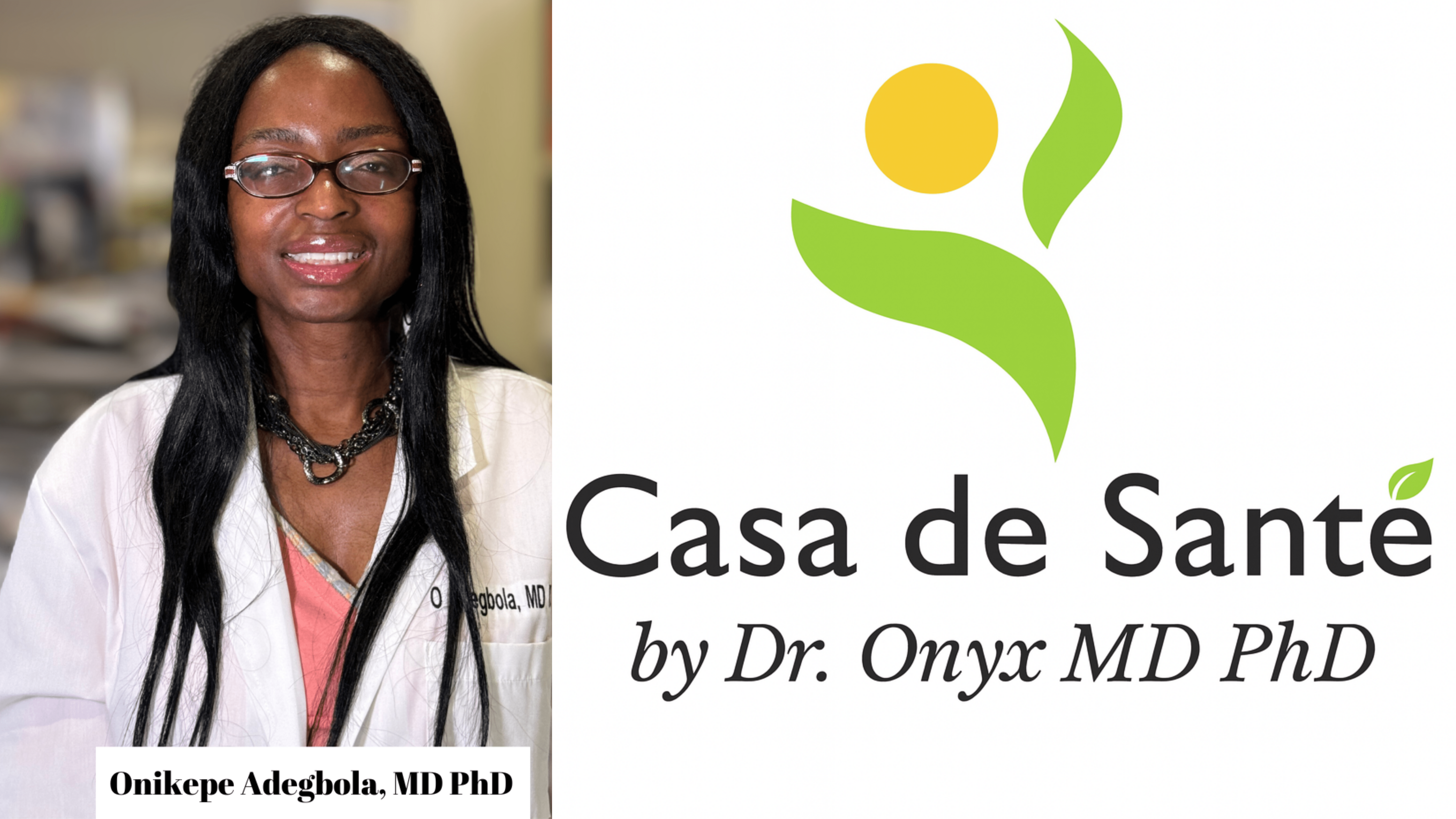What Is Lung Cancer
What Is Lung Cancer
Lung cancer is a serious and potentially life-threatening disease that affects millions of people worldwide. It is a type of cancer that starts in the lungs, which are vital organs responsible for the exchange of oxygen and carbon dioxide in our bodies. Understanding the nature of lung cancer is crucial for early detection, effective treatment, and improving outcomes for patients.
Understanding Lung Cancer
The Basics of Lung Cancer
Lung cancer occurs when abnormal cells in the lungs begin to grow rapidly and uncontrollably. These cancer cells can invade nearby tissues and spread to other parts of the body through the bloodstream or lymphatic system. It is a complex disease that affects millions of people worldwide and is a leading cause of cancer-related deaths.
When it comes to lung cancer, there are two primary types: non-small cell lung cancer (NSCLC) and small cell lung cancer (SCLC). NSCLC is the most common form, accounting for about 85% of all cases, while SCLC is less prevalent but generally more aggressive. Both types of lung cancer require prompt medical attention and personalized treatment plans.
Types of Lung Cancer
Within the broader classification of NSCLC, there are further subtypes. Adenocarcinoma, squamous cell carcinoma, and large cell carcinoma are the main subtypes, each with its own unique characteristics and treatment approaches. Adenocarcinoma is the most common subtype and often develops in the outer parts of the lungs. Squamous cell carcinoma typically arises in the central airways, while large cell carcinoma is a less common and more undifferentiated form of NSCLC.
SCLC, on the other hand, is known for its fast-growing nature and high tendency to spread to other parts of the body. It is often associated with heavy smoking and is characterized by small cells that multiply rapidly. Due to its aggressive nature, SCLC requires immediate and intensive treatment.
Stages of Lung Cancer
Lung cancer is also staged based on the extent of the disease, which helps determine the appropriate treatment options. The stages range from I to IV, with stage I being localized to the lungs and stage IV indicating the cancer has spread to distant parts of the body. Staging is crucial in determining the prognosis and guiding treatment decisions.
Stage I lung cancer is considered an early-stage disease, where the tumor is confined to the lung and has not spread to nearby lymph nodes or other organs. At this stage, surgical removal of the tumor may be a viable treatment option. In contrast, stage IV lung cancer is advanced and has spread to distant sites such as the liver, bones, or brain. Treatment for stage IV lung cancer typically involves a combination of chemotherapy, radiation therapy, targeted therapy, and immunotherapy.
It is important to note that early detection is critical for better outcomes in lung cancer. Regular screenings, such as low-dose computed tomography (LDCT), are recommended for individuals at high risk, such as long-term smokers. Detecting lung cancer at an early stage increases the chances of successful treatment and improved survival rates.
In conclusion, understanding lung cancer involves recognizing its different types, stages, and treatment options. It is a complex disease that requires a multidisciplinary approach involving medical professionals, researchers, and support networks. By raising awareness and investing in research, we can strive towards better prevention, early detection, and more effective treatments for lung cancer.
Causes and Risk Factors of Lung Cancer
Genetic Factors
While anyone can develop lung cancer, certain genetic factors may increase an individual's susceptibility to the disease. Genetic mutations, such as those in the EGFR or ALK genes, are more commonly found in certain lung cancer subtypes and can influence treatment options.
Research has shown that individuals with a family history of lung cancer are at a higher risk of developing the disease. Inherited genetic mutations can play a significant role in the development of lung cancer, making it important for individuals with a family history to be aware of their increased risk and take necessary precautions.
Furthermore, recent studies have identified specific genetic variations that may contribute to an individual's susceptibility to lung cancer. These variations can affect the way the body processes carcinogens and repairs DNA damage, potentially increasing the risk of developing the disease.
Environmental Triggers
Exposure to certain environmental factors can significantly increase the risk of developing lung cancer. The most prominent risk factor is long-term exposure to tobacco smoke, whether from active smoking or secondhand smoke.
It is well-known that smoking is the leading cause of lung cancer, accounting for the majority of cases. The harmful chemicals in tobacco smoke, such as nicotine, tar, and various carcinogens, can damage the cells in the lungs and lead to the development of cancerous tumors.
In addition to tobacco smoke, other environmental factors can also contribute to the risk of lung cancer. Radon gas, a naturally occurring radioactive gas that can seep into homes and buildings, is the second leading cause of lung cancer. Prolonged exposure to high levels of radon can increase the risk of developing the disease.
Occupational exposures to certain substances, such as asbestos, arsenic, and diesel exhaust, have also been linked to an increased risk of lung cancer. These substances can be found in various industries, including construction, mining, and manufacturing.
Furthermore, air pollution, both outdoor and indoor, has been identified as a potential environmental trigger for lung cancer. Fine particles and toxic gases present in polluted air can be inhaled and cause damage to the respiratory system, potentially leading to the development of lung cancer.
Lifestyle Choices
Adopting a healthy lifestyle can reduce the risk of developing lung cancer. Smoking cessation is the most effective measure, as it greatly reduces the risk of lung cancer and other smoking-related diseases.
Quitting smoking can be challenging, but there are various resources and support systems available to help individuals overcome nicotine addiction. By quitting smoking, individuals can significantly improve their lung health and reduce their risk of developing lung cancer over time.
Avoiding exposure to secondhand smoke is also crucial in reducing the risk of lung cancer. Secondhand smoke contains many of the same harmful chemicals as direct smoke inhalation and can have detrimental effects on lung health.
In addition to smoking cessation, maintaining a balanced diet rich in fruits and vegetables can provide essential nutrients and antioxidants that support lung health. Regular physical activity can also help improve lung function and overall well-being.
Furthermore, protecting oneself from occupational hazards, such as wearing appropriate protective gear in high-risk work environments, can help minimize exposure to harmful substances that may increase the risk of lung cancer.
It is important to note that while certain genetic factors, environmental triggers, and lifestyle choices can influence an individual's risk of developing lung cancer, it is not always possible to prevent the disease entirely. Regular screenings and early detection can significantly improve treatment outcomes and increase the chances of successful recovery.
Symptoms and Diagnosis of Lung Cancer
Common Symptoms
Lung cancer often does not cause symptoms in its early stages. However, as the disease progresses, individuals may experience persistent coughing, chest pain, shortness of breath, fatigue, unexplained weight loss, coughing up blood, or recurrent respiratory infections. Recognizing these symptoms and seeking medical attention promptly is crucial for early diagnosis and treatment.
Diagnostic Procedures
When lung cancer is suspected, doctors may recommend various diagnostic procedures to confirm the presence of the disease and determine its extent. These procedures are essential in providing a comprehensive understanding of the patient's condition, enabling healthcare professionals to develop an effective treatment plan tailored to their specific needs.
One of the most commonly used imaging tests for diagnosing lung cancer is a chest X-ray. This non-invasive procedure allows doctors to obtain detailed images of the lungs, helping them identify any abnormalities or tumors. However, in some cases, a chest X-ray may not provide enough information, and additional imaging tests may be required.
Computed tomography (CT) scans are often used to provide more detailed images of the lungs. This imaging technique utilizes a combination of X-rays and computer technology to create cross-sectional images of the body. CT scans can help doctors visualize the size, shape, and location of lung tumors, as well as detect any spread of the disease to nearby lymph nodes or other organs.
In certain situations, magnetic resonance imaging (MRI) scans may be recommended. MRI scans use powerful magnets and radio waves to generate detailed images of the body's internal structures. Although less commonly used than CT scans for lung cancer diagnosis, MRI scans can provide valuable information about the extent of the disease and its impact on surrounding tissues.
In addition to imaging tests, doctors may also need to obtain tissue samples for further analysis. This is typically done through minimally invasive procedures such as bronchoscopy, mediastinoscopy, or needle biopsies. During a bronchoscopy, a thin tube with a camera is inserted through the nose or mouth and into the airways, allowing doctors to visualize the lungs and collect tissue samples for examination. Mediastinoscopy involves making a small incision in the neck to access the area between the lungs and collect lymph node samples. Needle biopsies, on the other hand, involve using a thin needle to extract tissue samples from suspicious areas, guided by imaging techniques such as CT scans or ultrasound.
These tissue samples are then sent to a laboratory for analysis, where pathologists can identify the specific type of lung cancer and determine its stage. This information is crucial in guiding treatment decisions, as different types and stages of lung cancer may require different approaches, such as surgery, radiation therapy, chemotherapy, targeted therapy, or immunotherapy.
Treatment Options for Lung Cancer
Surgery and Its Types
Surgery is often an essential part of lung cancer treatment, particularly for early-stage tumors that are confined to a specific area of the lung. The two main surgical procedures are wedge resection, where a small portion of the lung containing the tumor is removed, and lobectomy, where an entire lobe of the lung is removed. In some cases, pneumonectomy, which involves the removal of an entire lung, may be necessary.
Radiation Therapy
Radiation therapy uses high-energy X-rays or other forms of radiation to kill cancer cells or shrink tumors. It is commonly used as a standalone treatment for individuals who cannot undergo surgery or as additional therapy alongside surgery or chemotherapy. Radiation therapy can help destroy cancer cells, relieve symptoms, and improve overall survival rates.
Chemotherapy
Chemotherapy incorporates the use of powerful medications to eliminate cancer cells throughout the body. It is often administered intravenously or in oral form and can be used as the primary treatment for advanced or metastatic lung cancer. Chemotherapy may also be combined with other treatment modalities to increase efficacy.
Targeted Therapy
Targeted therapy is a more recent development in lung cancer treatment. It involves the use of drugs that specifically target and attack cancer cells with certain genetic mutations. By targeting these specific mutations, targeted therapy can deliver more precise treatment with fewer side effects compared to traditional chemotherapy.
In conclusion, lung cancer is a complex and diverse disease that requires a comprehensive understanding for effective management. From its basic nature and types to the causes, symptoms, and various treatment options, knowledge of lung cancer plays a crucial role in early detection, improving outcomes, and providing tailored treatments for affected individuals. By staying informed and raising awareness, we can contribute to better prevention, diagnosis, and care for those affected by lung cancer.




























